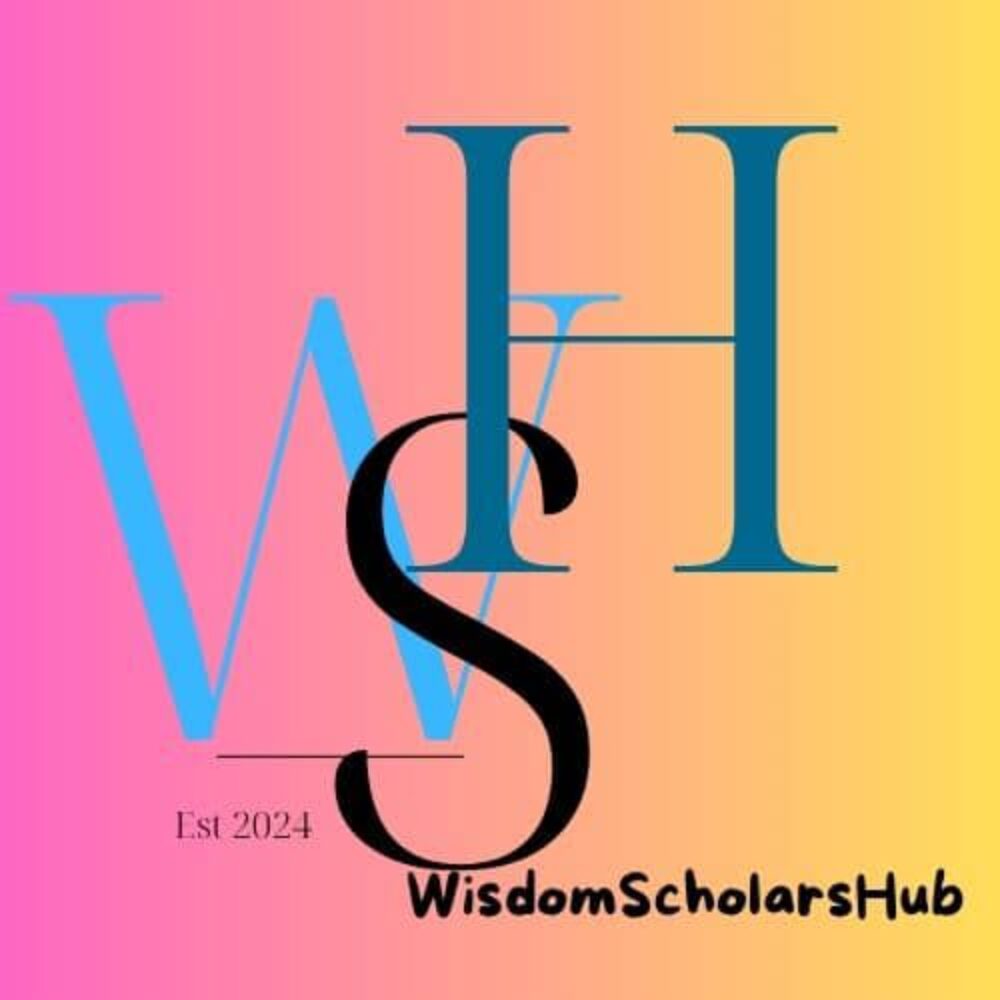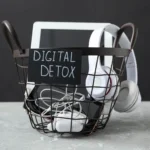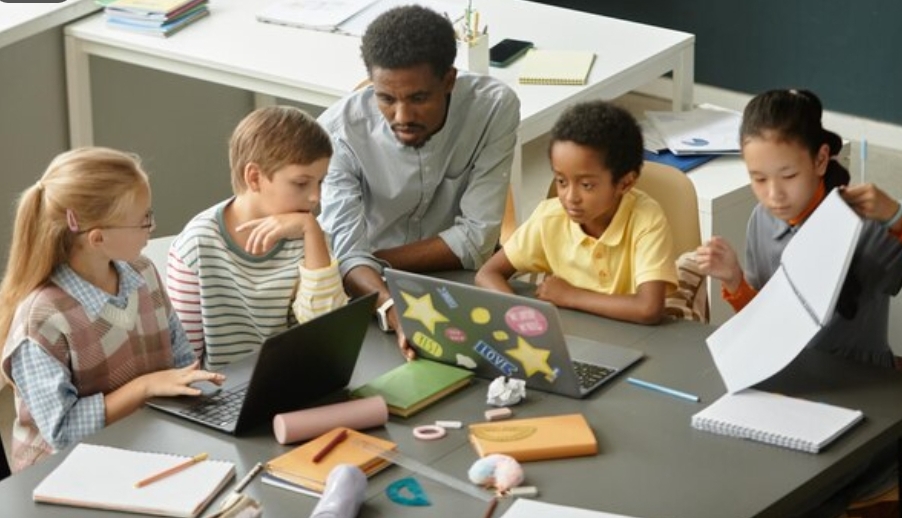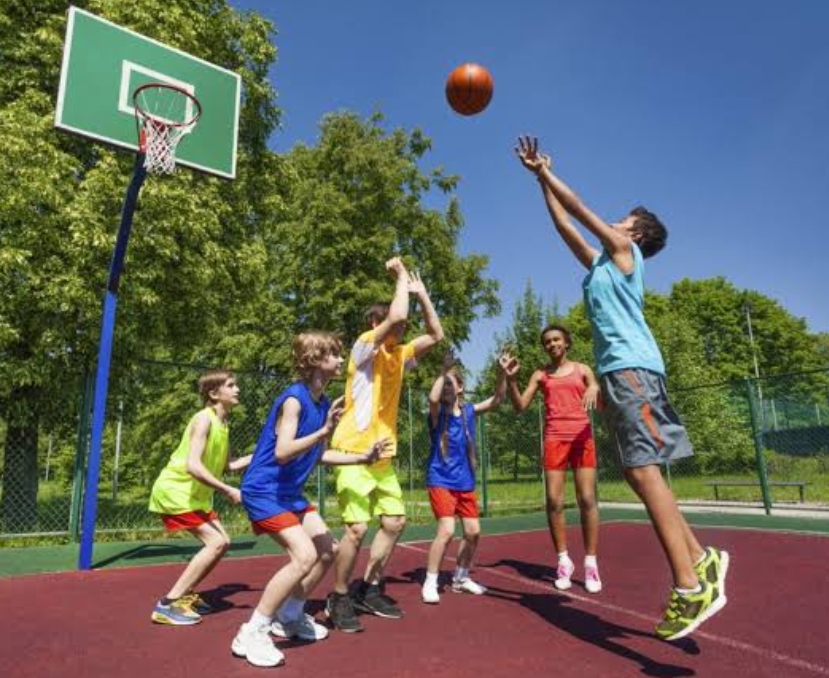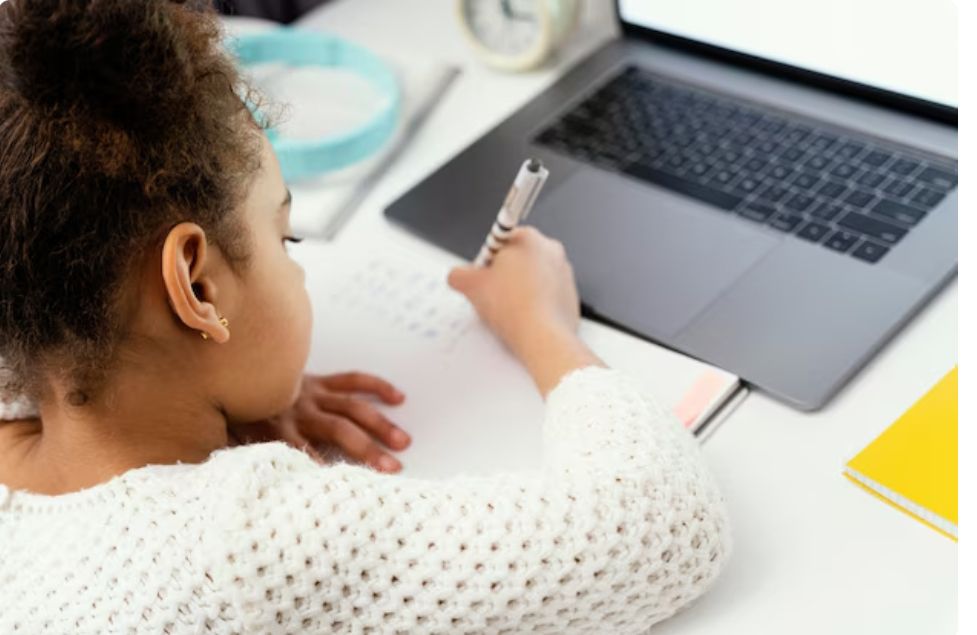
In the realm of online education, the concepts of copyright and fair use are critical yet often misunderstood. As educators and students increasingly rely on digital resources, understanding these legal principles is essential to ensure that intellectual property rights are respected and educational content is used legally and ethically. This comprehensive guide will delve into the nuances of copyright and fair use, explaining how they apply to online education and offering practical tips for navigating these complex issues.
What is Copyright?
Copyright is a form of legal protection granted to the creators of “original works of authorship,” including literary, artistic, and certain other intellectual works. This protection is automatic upon the creation of a work and gives the copyright holder exclusive rights to:
Reproduce the work.
Distribute copies of the work.
Perform the work publicly.
Display the work publicly.
Create derivative works based on the original.
In the context of online education, these rights are crucial because they dictate how educational materials can be shared, reproduced, and utilized by educators and students.
Key Points of Copyright in Online Education
Automatic Protection: As soon as an original work is fixed in a tangible medium, it is protected by copyright. This means that any digital content, from e-books to lecture videos, is automatically copyrighted.
Duration: Copyright protection generally lasts for the life of the author plus 70 years. For works created by corporations or anonymously, the term is 95 years from publication or 120 years from creation, whichever is shorter.
Ownership: The creator of a work is usually the copyright owner unless the work is created as a “work for hire,” in which case the employer or commissioner holds the copyright.
Infringement: Using copyrighted material without permission or outside the boundaries of fair use can lead to legal consequences, including lawsuits and financial penalties.
What is Fair Use?
Fair use is a legal doctrine that allows limited use of copyrighted material without acquiring permission from the rights holders. This principle is particularly important in education, where it supports the use of existing works for teaching, research, and scholarship.
Factors of Fair Use
Fair use is determined by balancing four factors:
Purpose and Character of the Use: Non-commercial, educational, and transformative uses are more likely to be considered fair use. Transformative use means adding new expression or meaning to the original work, or using it for a different purpose than the original.
Nature of the Copyrighted Work: Using factual works is more likely to be fair use than using highly creative works.
Amount and Substantiality: Using a small, non-central portion of a work supports a fair use claim. However, even a small but significant part of the work can weigh against fair use.
Effect on the Market: If the use could potentially replace the need for the original work or reduce its market value, it is less likely to be considered fair use.
Applying Fair Use in Online Education
Educators and students often rely on the fair use doctrine to utilize copyrighted materials in their teaching and learning activities. Here are some practical examples:
Quoting a short passage from a book for a class discussion.
Using a small clip from a film for analysis in a media studies course.
Incorporating a few images from an art collection into a lecture presentation.
Best Practices for Using Copyrighted Material in Online Education
To navigate copyright and fair use effectively, consider the following strategies:
1. Use Open Educational Resources (OERs)
OERs are teaching, learning, and research resources that are freely available and openly licensed, allowing educators to use, adapt, and share them legally. Utilizing OERs can simplify compliance with copyright laws and promote collaborative learning.
2. Seek Permission When Necessary
When in doubt, obtain permission from the copyright holder to use their work. This can involve contacting the publisher, author, or relevant licensing agency. Some works may have a Creative Commons license, which specifies how they can be used.
3. Limit the Amount Used
Use only the portion of the work that is necessary for your educational purpose. For example, instead of copying an entire article, use only the sections that are directly relevant to your lesson.
4. Attribute the Original Source
Always credit the original creator of the work. Proper attribution includes the title, author, source, and license information if applicable. This not only respects the creator’s rights but also models good academic practices for students.
5. Leverage Public Domain Works
Materials in the public domain are free to use without permission. These include works published before 1923 and certain government documents. Always check the publication date and copyright status to confirm public domain status.
6. Use Licensed Resources
Many institutions provide access to licensed databases and journals. These resources come with permissions that allow educational use within certain guidelines, making them safe and convenient options.
Digital Tools and Resources for Copyright Management
1. Virtual Classroom Tools
Platforms like Google Classroom and Moodle often include features for managing and sharing content while respecting copyright. These tools can help educators organize and distribute materials securely.
2. Distance Education Programs
Many distance education programs incorporate built-in resources that comply with copyright laws, providing safe access to textbooks, articles, and media.
3. Educational Technology Trends
Keeping up with the latest trends in educational technology can help educators find innovative ways to use copyrighted materials legally. For instance, interactive tools and multimedia resources that offer free or licensed content can enhance teaching without legal risks.
4. Digital Skills Development
Educators and students should continually develop their digital skills to understand how to navigate copyright and fair use. Online courses and workshops on digital literacy and copyright management are invaluable resources.
5. Self-Paced Online Courses
Many platforms offer self-paced courses on copyright, fair use, and digital rights management. These courses can empower educators and students to use and share digital content responsibly.
Conclusion
Understanding copyright and fair use is essential for educators and students in the online learning environment. By adhering to legal guidelines and adopting best practices, educators can create rich, engaging educational experiences without infringing on intellectual property rights. As we continue to embrace digital learning, mastering these concepts will be crucial for fostering a culture of respect and creativity in education.
By focusing on these strategies, educators and students can ensure they are respecting copyright laws and leveraging fair use effectively, paving the way for innovative and compliant educational practices in the digital age.
